Ink wash on paper, studio stamp lower left
31 x 23.5 cm
Provenance:
Private collection, France.
Bibliography:
Auguste Chabaud, La ville de jour comme de nuit, Paris 1907-1912, Musée Cantini, Marseille, 2003-2004, reproduced in the exhibition catalogue, RMN, p. 171 (no. 143).
Certificate of authenticity established by Mr. Patrice Leoni.
Auguste Chabaud – Between rural Provence and pictorial modernity
Born in Nîmes in 1882, Auguste Chabaud entered the École des Beaux-Arts d’Avignon at just 15 years old, where he was trained by Pierre Grivolas, a renowned master who had already instructed René Seyssaud. At the dawn of the 20th century, he moved to Paris, but preferred the bustle of the cafés of the Latin Quarter to Cormon's academic lessons. It was in these living spaces that his eye sharpened, nourished by the daily spectacle, forging a personal, incisive, and modern graphic style. The Parisian night fascinated Chabaud. The artificial lights of the city excited his palette: they drew out powerful tones and contrasts pushed to the extreme. But his native Midi, with its crushing sun, called to him. Unlike other Provençal painters who exalted light, Chabaud perceived an absorbing light, which swallowed up color more than it revealed it. He inherited a darker vision, in the tradition of Émile Loubon, Monticelli, or Prosper Grésy. Returning to the family farmhouse in Graveson, Chabaud left the cabarets and the brothel girls to observe rural life. He now paints peasants, herds, and farm work with the same intensity he previously gave to urban life. The draft horse replaces the hackney carriage, sensuality becomes rusticity. This evolution also marks a change of perspective: a disconnected and cynical world fades in favor of an ancestral rural order, linked to the seasons, to the nourishing earth, and to the rhythm of life. This strict framework becomes the foundation of his art, both a straitjacket and a source of inspiration. In Chabaud's painting, the restricted palette concentrates the tension: a deep blue, sharp blacks, grayish whites, bearers of raw emotion. Far from Provençal folklore, his work imposes itself through a rough modernity, an instinctive truth. Chabaud does not paint to seduce: he paints life, in its harshness, its beauty, its organic mystery. His work, humble in appearance, expresses a profound ambition: to probe primary impulses, to evoke sexuality as a vital engine, death as an inescapable horizon. In January 2014, the Alexis Pentcheff Gallery dedicated a major retrospective exhibition to him: Auguste Chabaud, the instinct of life, paying homage to a singular artist, independent of fashions, and whose painting continues to resonate with a rare force.
Discover more of this artist's works on the gallery's website: https://www.galeriepentcheff.fr/fr/peintre-auguste-chabaud


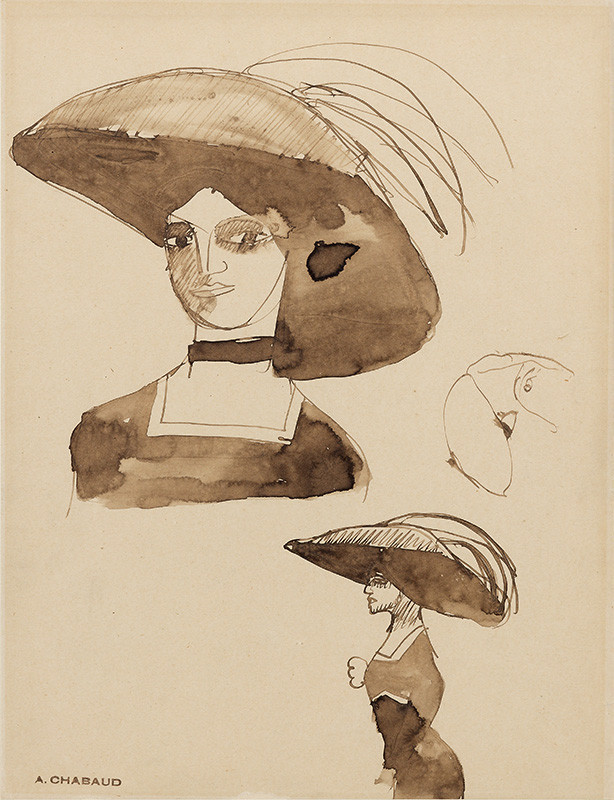
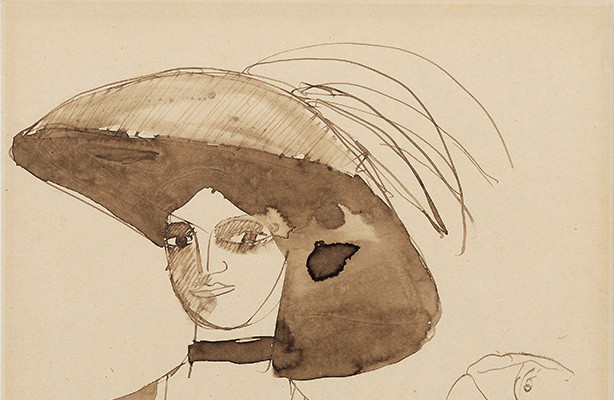
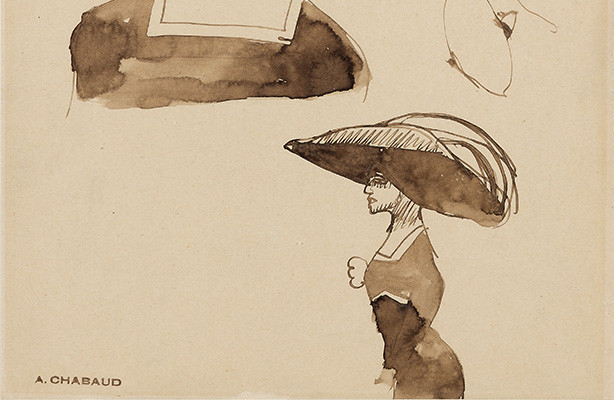
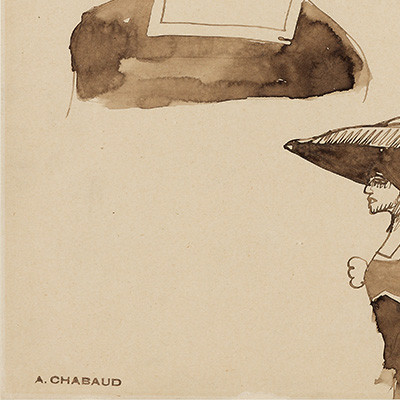









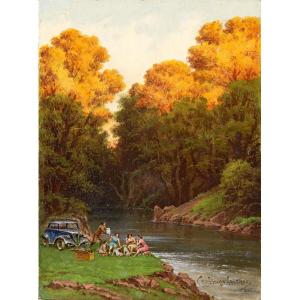
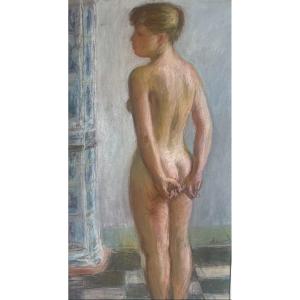


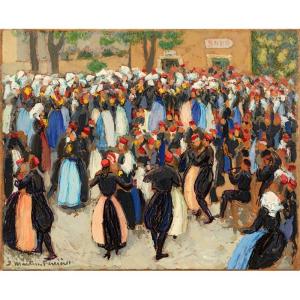


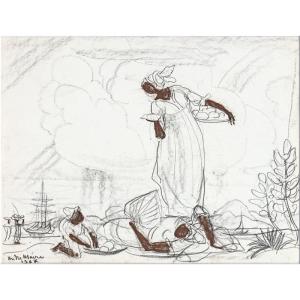

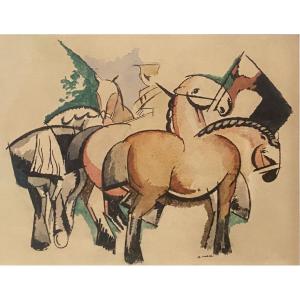
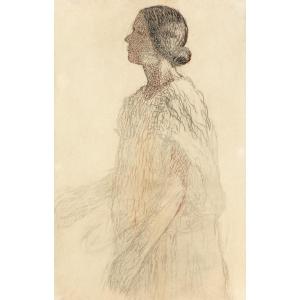
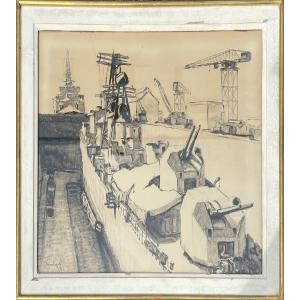

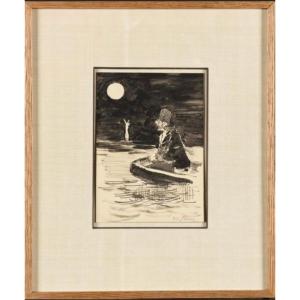





 Le Magazine de PROANTIC
Le Magazine de PROANTIC TRÉSORS Magazine
TRÉSORS Magazine Rivista Artiquariato
Rivista Artiquariato